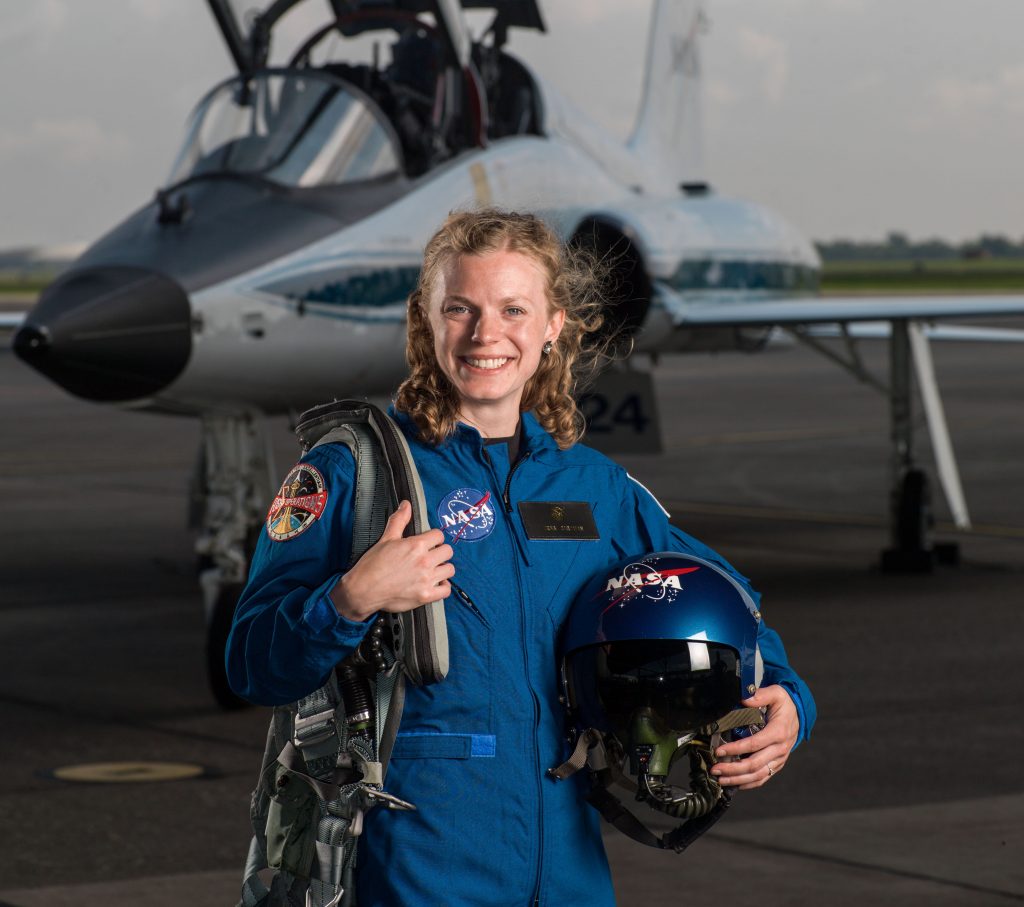
This week’s landmark discovery about the detection of gravitational waves offers unprecedented information into the origins of the universe, creating a new era in astronomy, said UNC-Chapel Hill gravitational theorist and physics and astronomy professor Charles Evans.
On Feb. 11, the National Science Foundation held a news conference to announce that scientists from Cal Tech, MIT and the LIGO Scientific Collaboration observed, for the first time, ripples in the fabric of space-time called gravitational waves. This confirms a major prediction of Albert Einstein’s 1915 general theory of relativity and opens an unprecedented new window to the cosmos.
UNC-Chapel Hill physicists reacted with excitement about the announcement, highlighting the importance of this confirmation after so many years. They also credited the fortitude of so many scientists over so many decades who contributed to the discovery.
“What’s spectacular about this discovery is the perseverance by the LIGO team,” said Laura Mersini-Houghton, a cosmologist and theoretical physicist and associate professor in the College of Arts and Sciences. “The signal is so tiny that any background noise could drown it out, like weeds blowing in the wind or a bird chirping.

“So the team had to control for all these factors for decades without ever seeing anything, so this is really a phenomenal feat of perseverance, technology and patience, and speaks to the faith we all have in Einstein theory of relativity.”
The researchers detected the signal with the Laser Interferometer Gravitational-wave Observatory (LIGO) — twin detectors carefully constructed to detect incredible vibrations that are so tiny, they are a billion times smaller than anything detectable with a seismometer. They then converted it into audio waves and listened to the sound of two black holes spiraling together, then merging into a larger single black hole.
“The signal that they observed was just phenomenal,” Evans said. “There is nothing like detecting gravitational waves directly in the laboratory as opposed to indirectly observing them in an astronomical system – and detecting them at two different locations just milliseconds apart. ”
For the hundreds of researchers on the project, this signal represents 20 to 30 years of waiting to detect gravitational waves. The signals that make the gravitational wave are generated when huge objects, like stars moving at the velocity of light, smash into each other and make the fabric of space-time ripple.
“It’s an extraordinary feat,” said Mersini-Houghton. “Now we can use this information to study black holes and the origins of the universe in ways that we were never able to before.”
“This is a landmark discovery,” said UNC-Chapel Hill Chancellor Carol L. Folt, who is also a scientist. “I want our students to understand the significance of this discovery and appreciate that today’s news, first predicted 100 years ago by Albert Einstein, will drive major advances in research and technology for decades to come. And that is truly extraordinary.”
By Thania Benios, Office of Communications and Public Affairs




